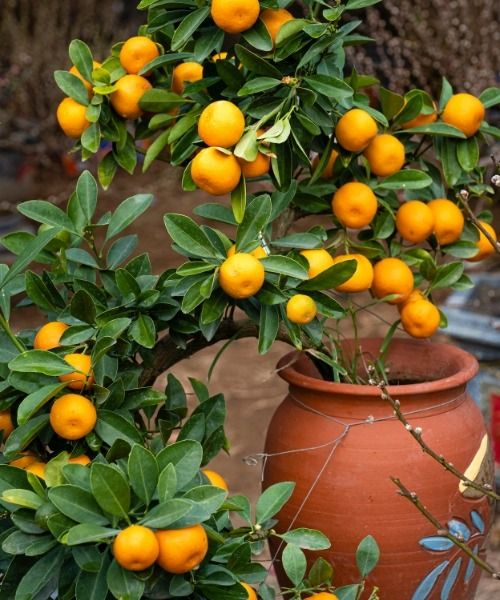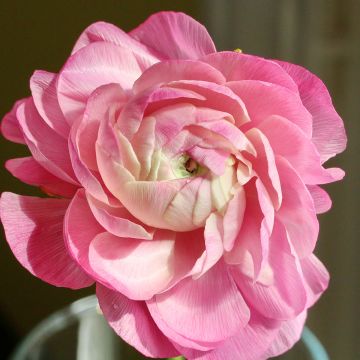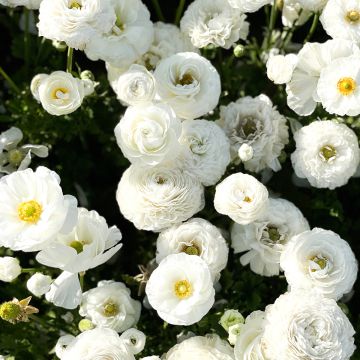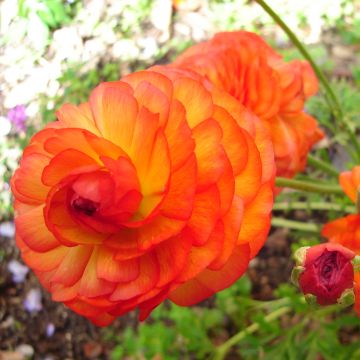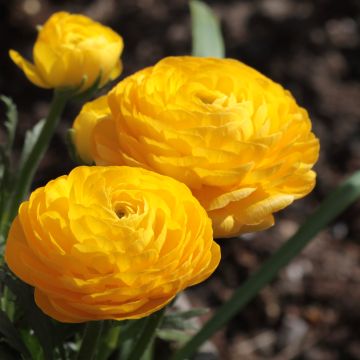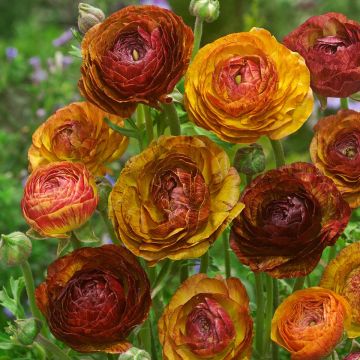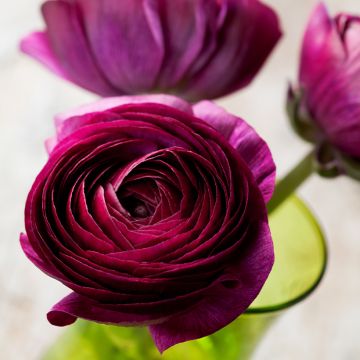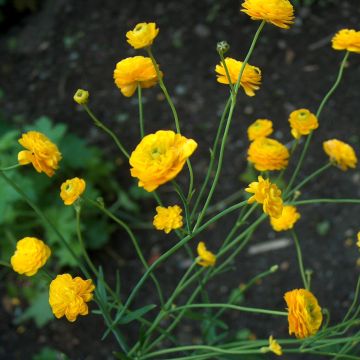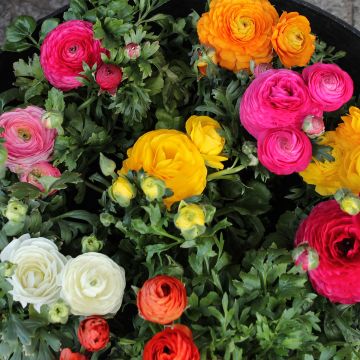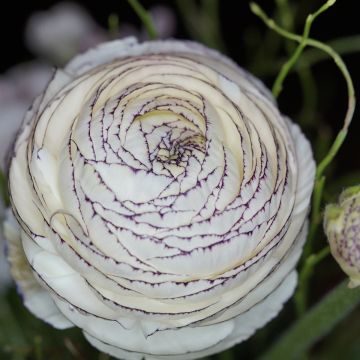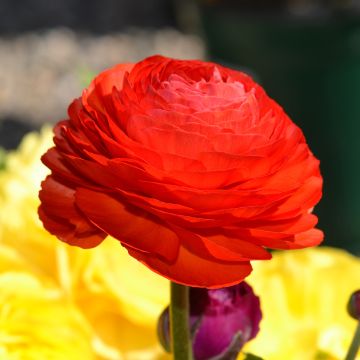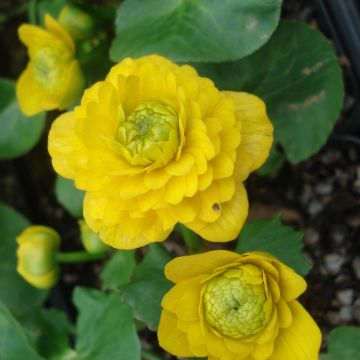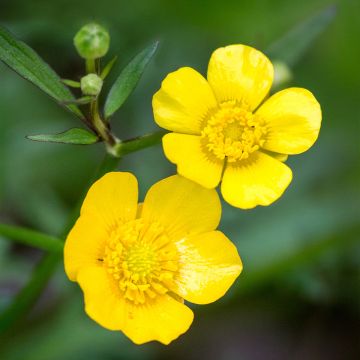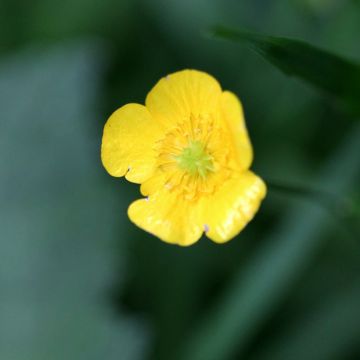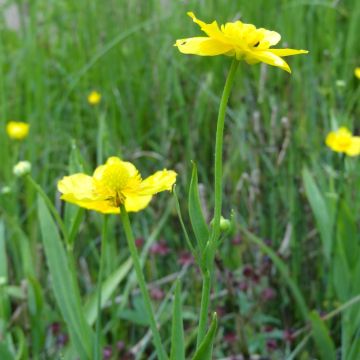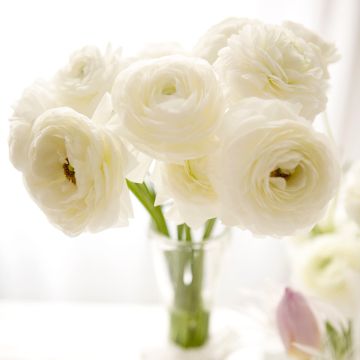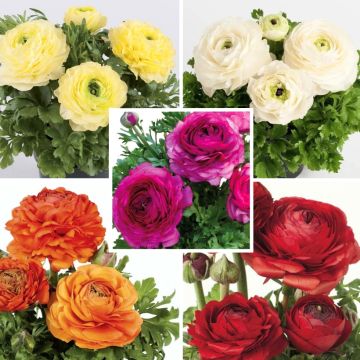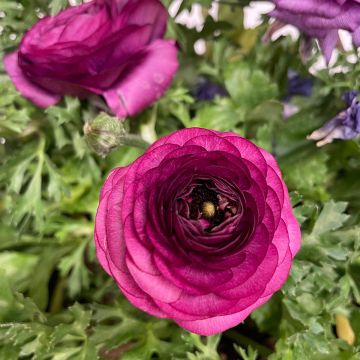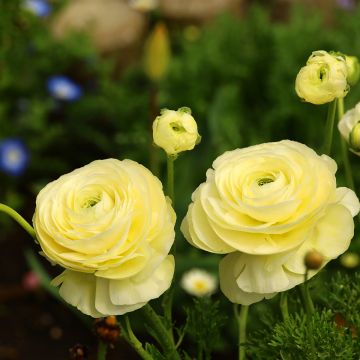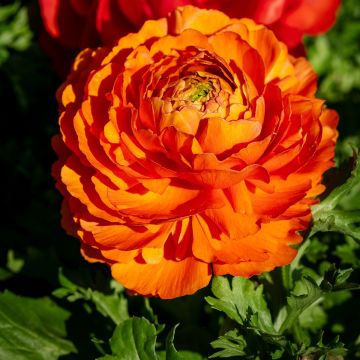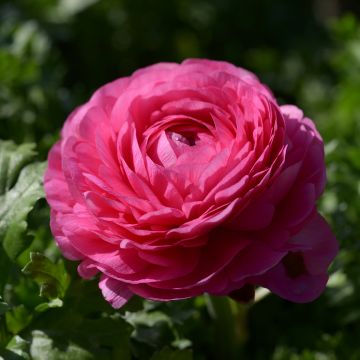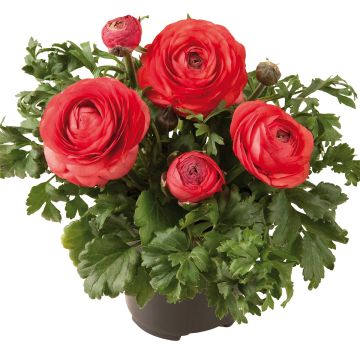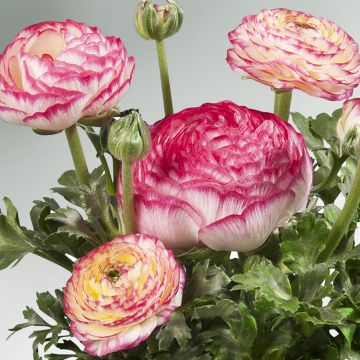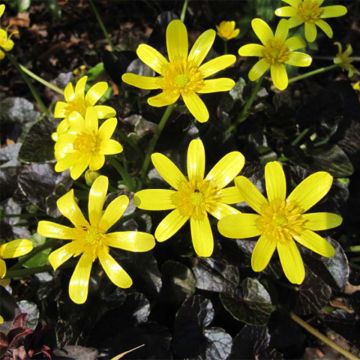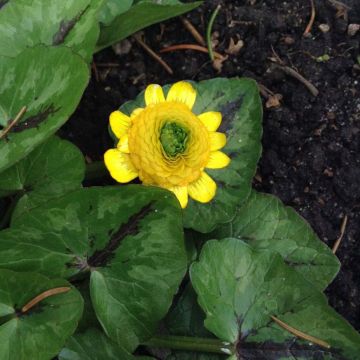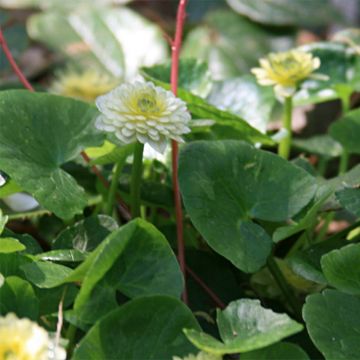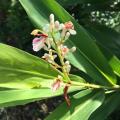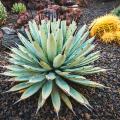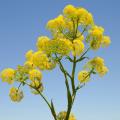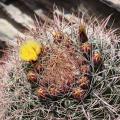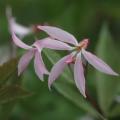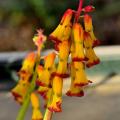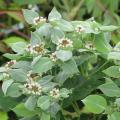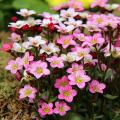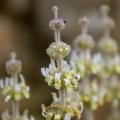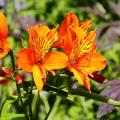Ranunculus - Buttercup
Would this plant suit my garden? Set up your Plantfit profile →
Available in 1 sizes
Available in 1 sizes
Available in 1 sizes
Available in 1 sizes
Available in 1 sizes
Available in 1 sizes
Available in 1 sizes
Available in 1 sizes
Available in 1 sizes
Available in 1 sizes
Available in 1 sizes
Available in 1 sizes
Available in 1 sizes
Available in 1 sizes
Available in 1 sizes
Available in 0 sizes
Available in 1 sizes
Available in 1 sizes
Available in 1 sizes
Available in 1 sizes
Available in 1 sizes
Available in 1 sizes
Available in 2 sizes
Available in 1 sizes
Available in 1 sizes
Available in 1 sizes
Available in 1 sizes
Available in 1 sizes
Our collection of Buttercups or Ranunculus. In addition to the florist's buttercup (Ranunculus asiaticus), the genus Ranunculus includes about 500 species of perennial or annual plants. The most well-known is Ranunculus acris, the meadow buttercup, with its bright golden yellow cup-shaped flowers. Also found in slightly damp areas of the countryside is the lesser celandine (Ranunculus ficaria) which has a charming double form called 'Flore Pleno'. On damp banks, you'll find the lesser spearwort (Ranunculus flammula), a small perennial with a long flowering period of golden yellow star-shaped flowers, non-invasive, excellent in shallow water areas. The name "buttercup" comes from the Latin ranunculus which can be translated as "little frog". These are herbaceous plants with cup-shaped flowers, with shiny textured petals, yellow or white, which attract many pollinating insects. The foliage of buttercups is often palmate and highly dissected. It is clustered at the base of flowering stems that bear one or more flowers at their tip. Aquatic buttercups like the greater spearwort (Ranunculus lingua) form a separate group. These are plants of ponds and ditches that have 2 types of leaves: submerged leaves divided into strips and emergent rounded leaves. The species and varieties presented in this category are very hardy perennials that thrive in moist to wet soils depending on each case.
Haven't found what you were looking for?

































